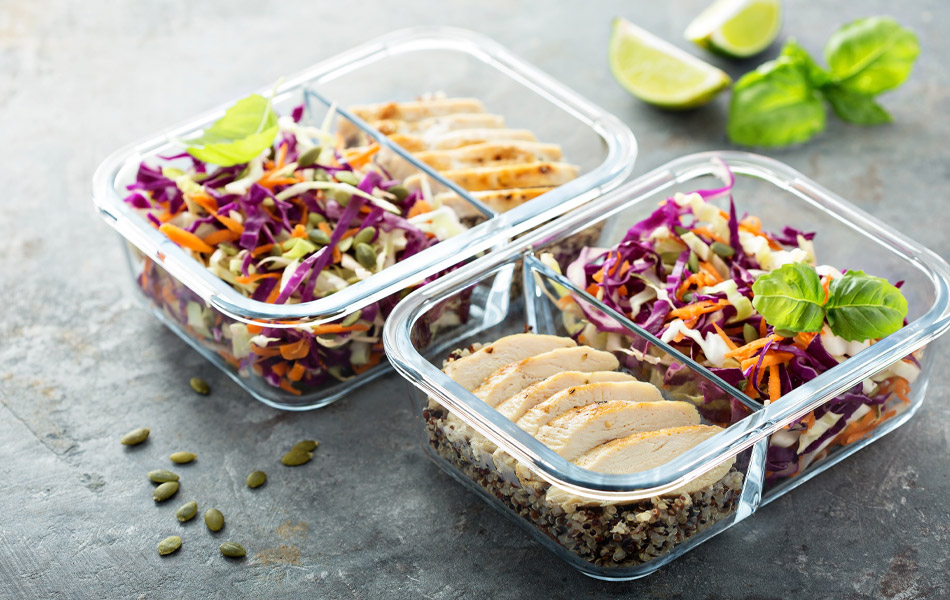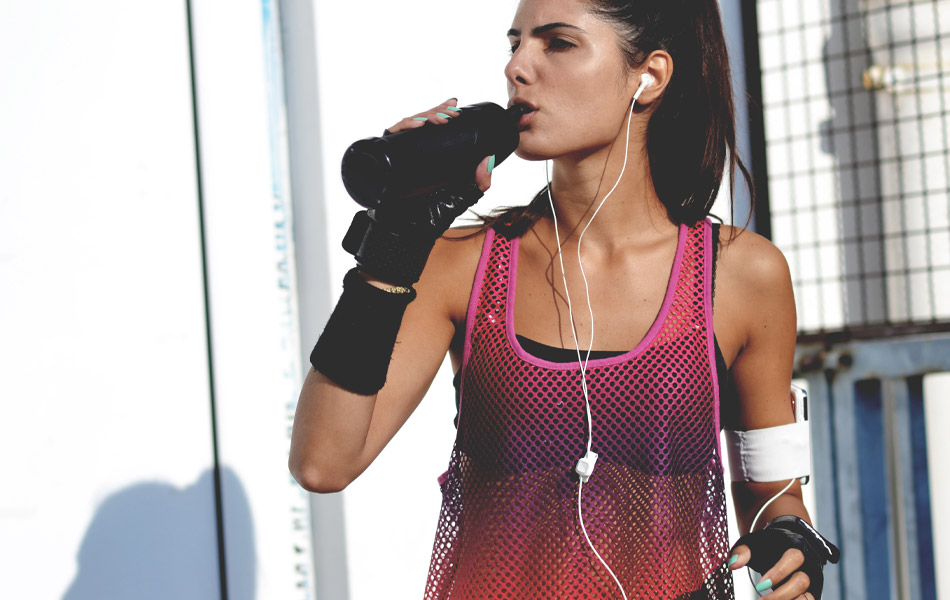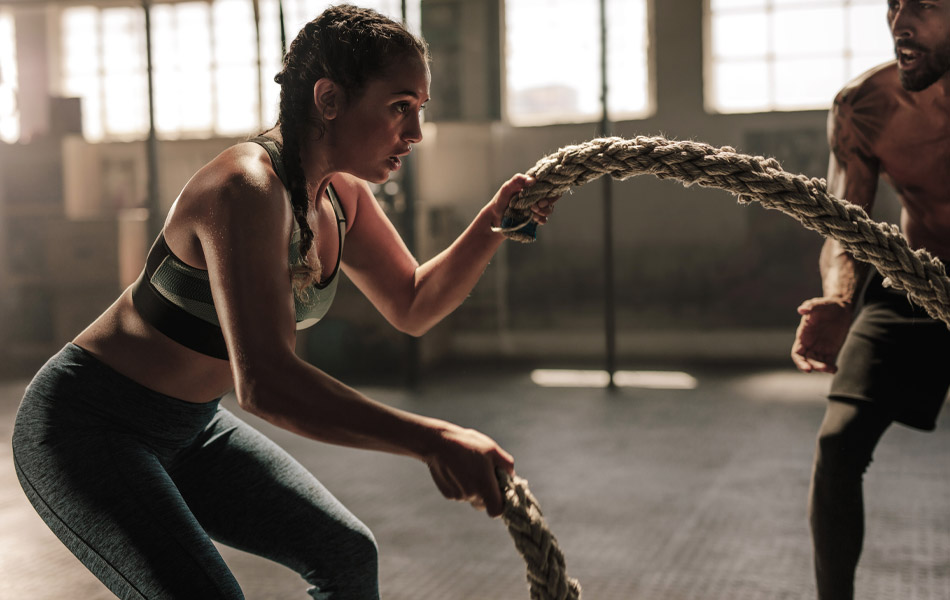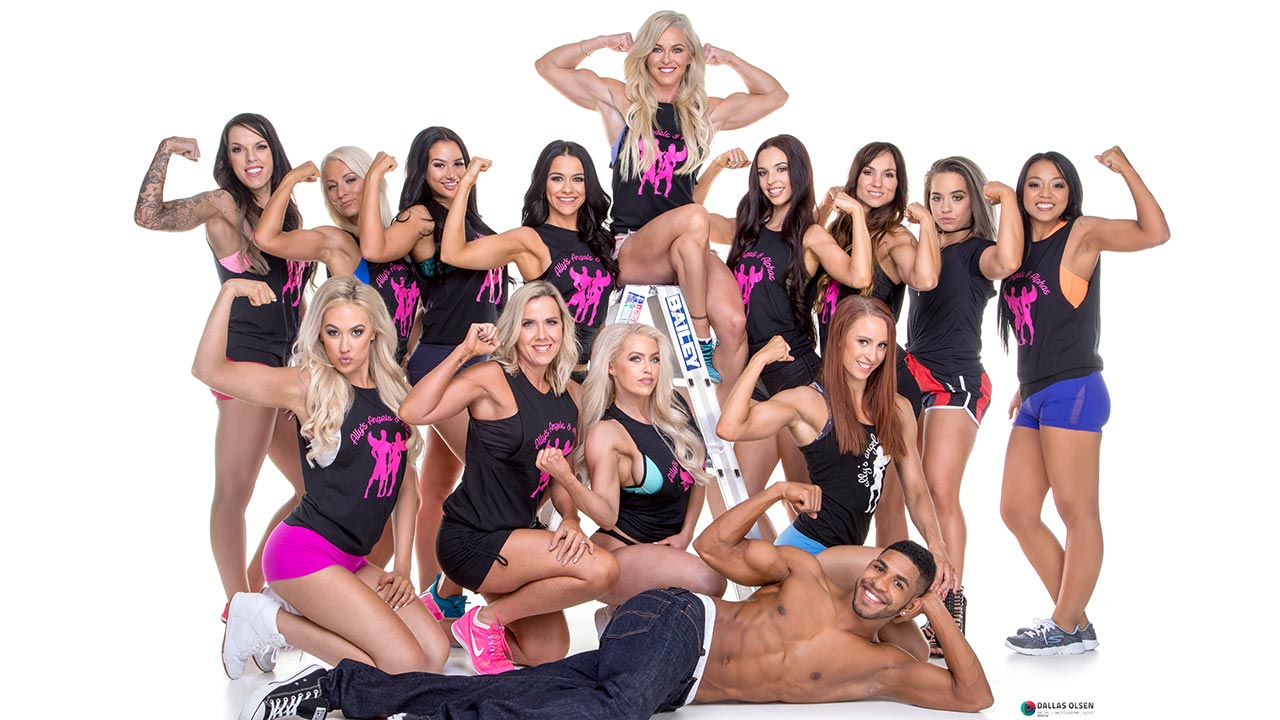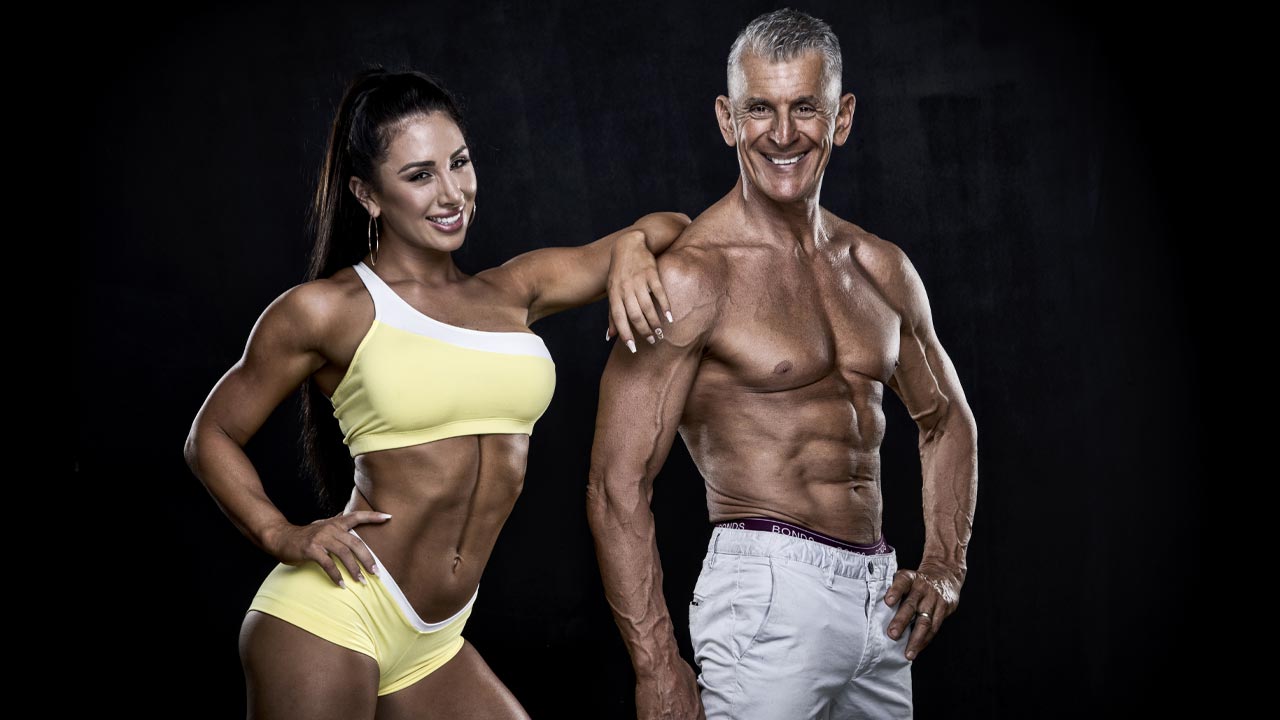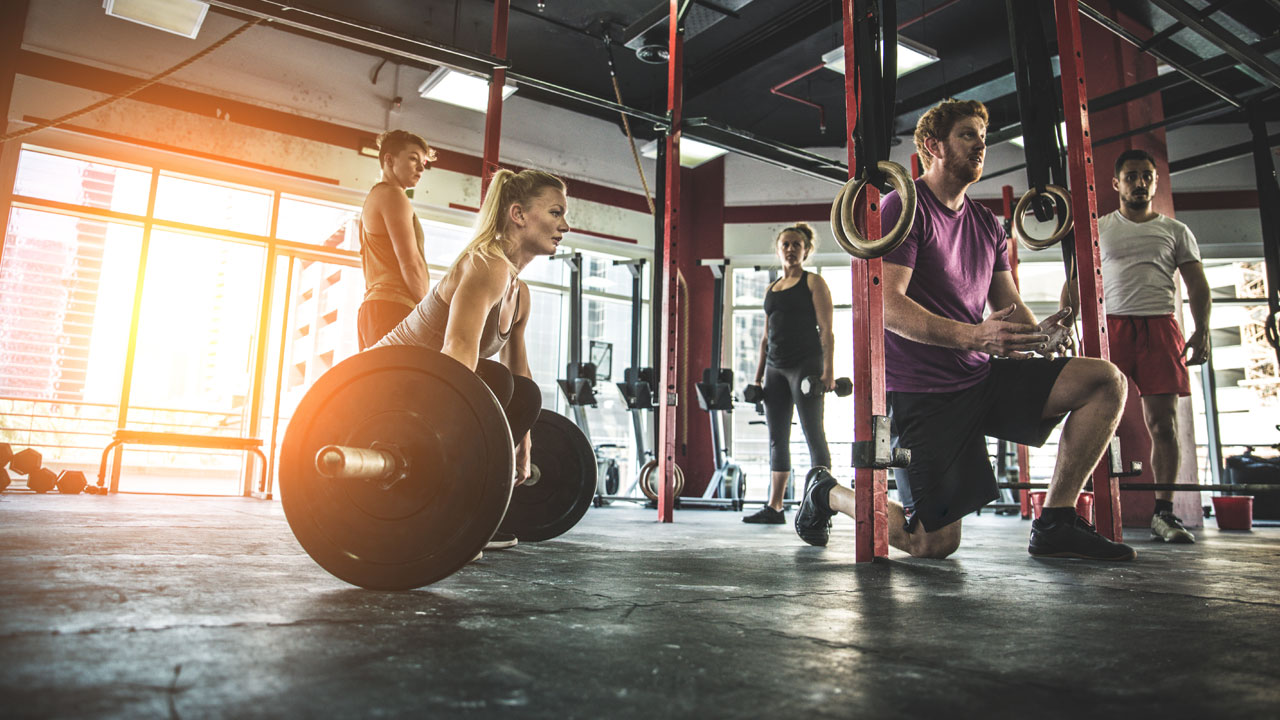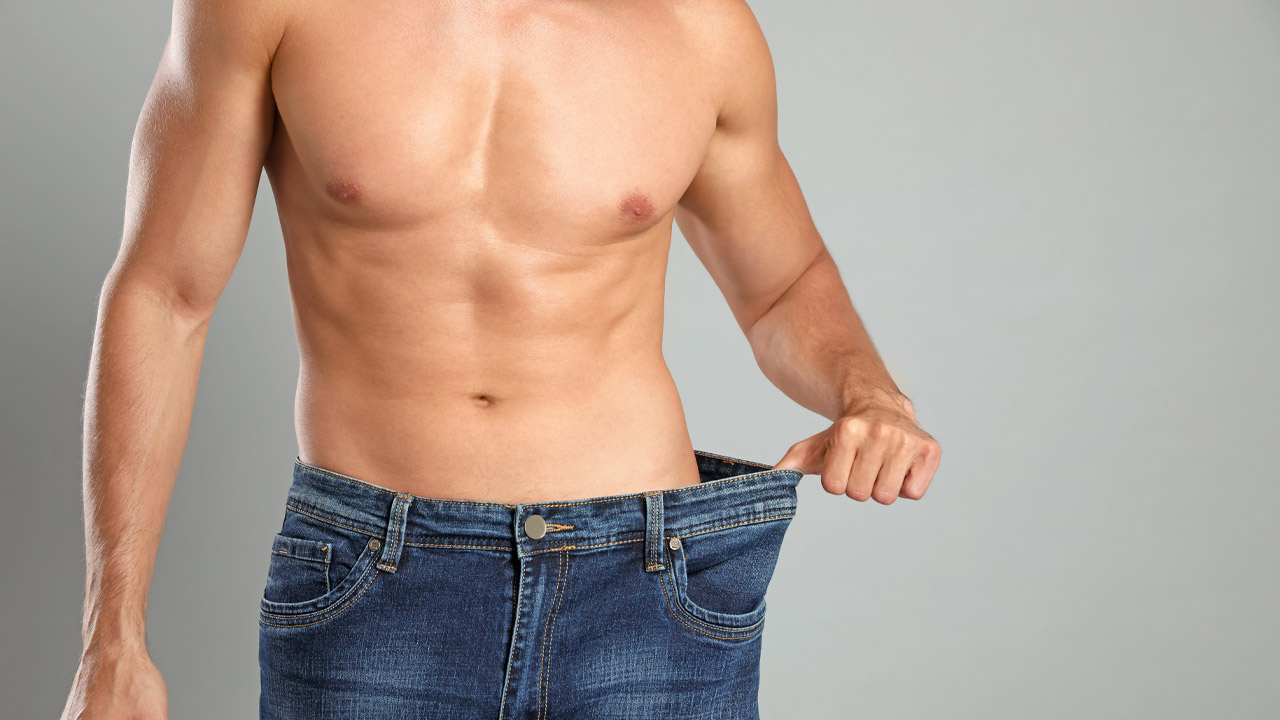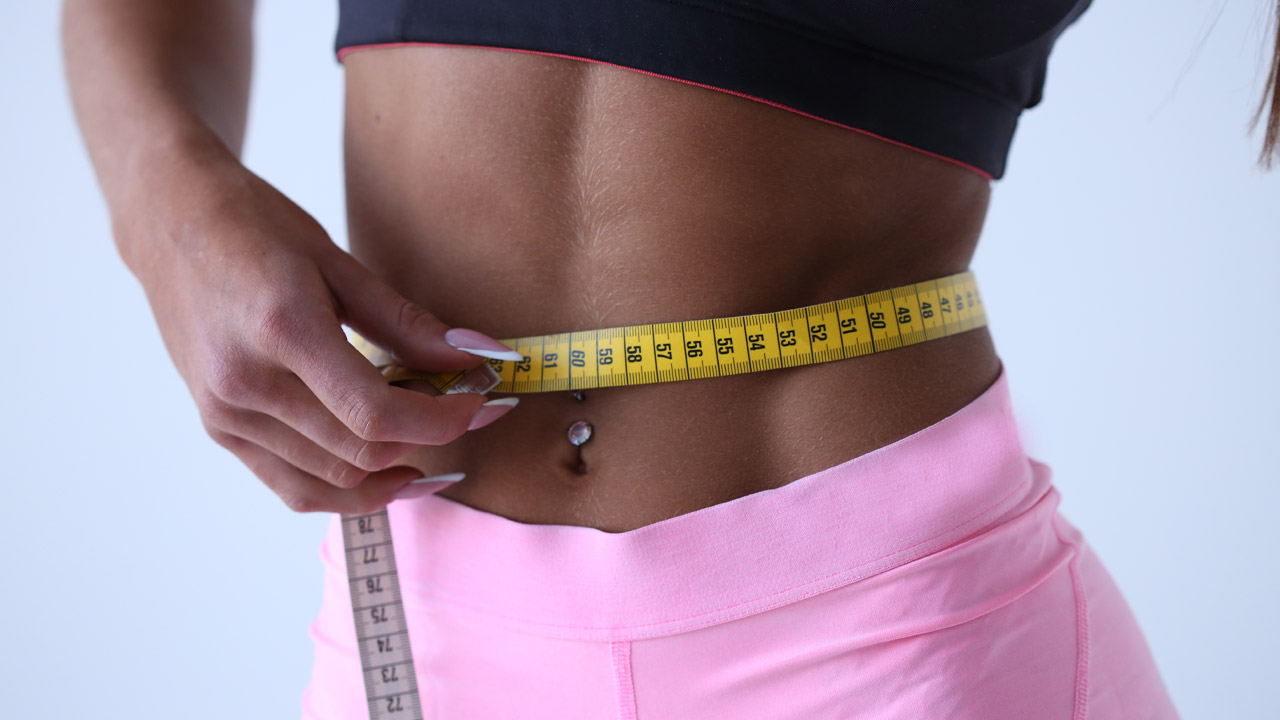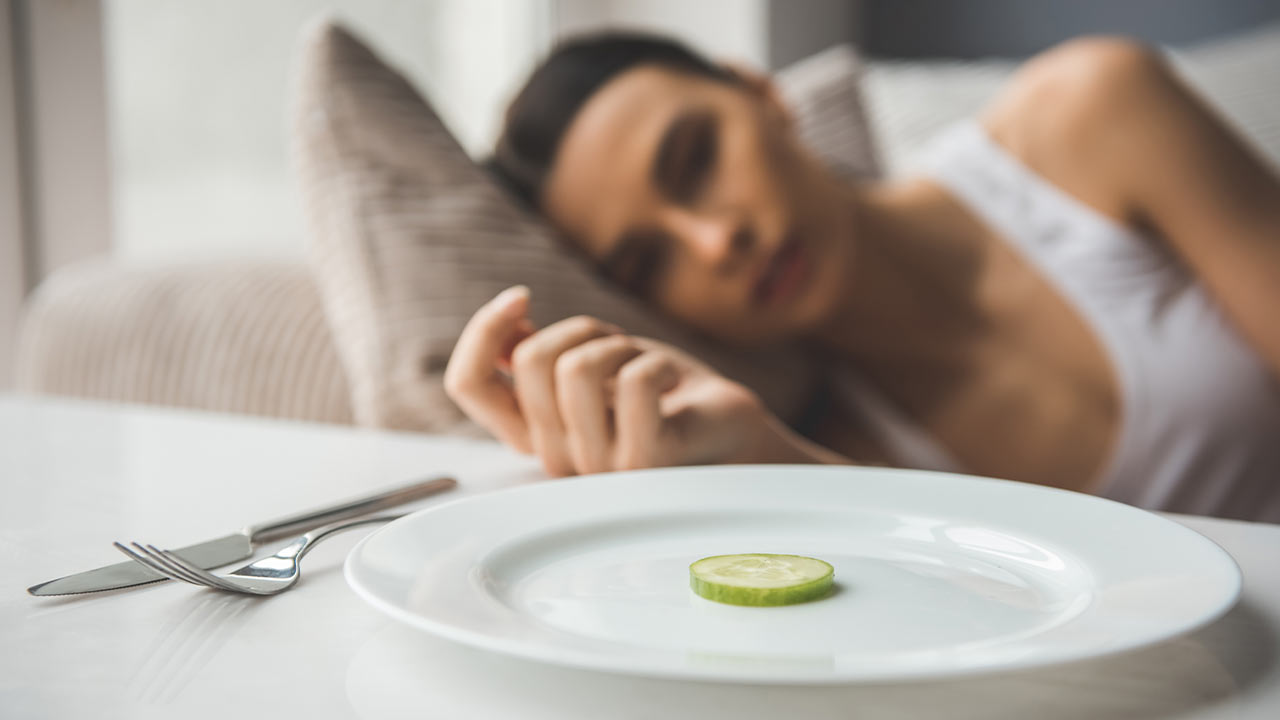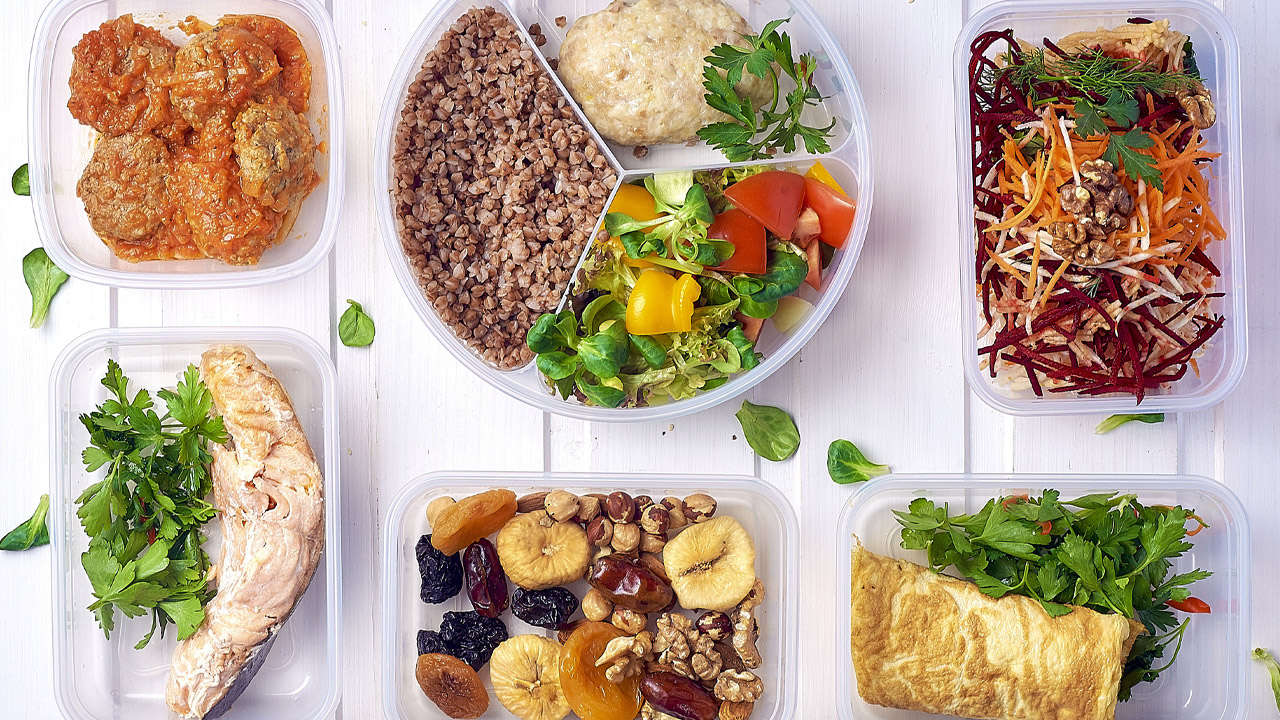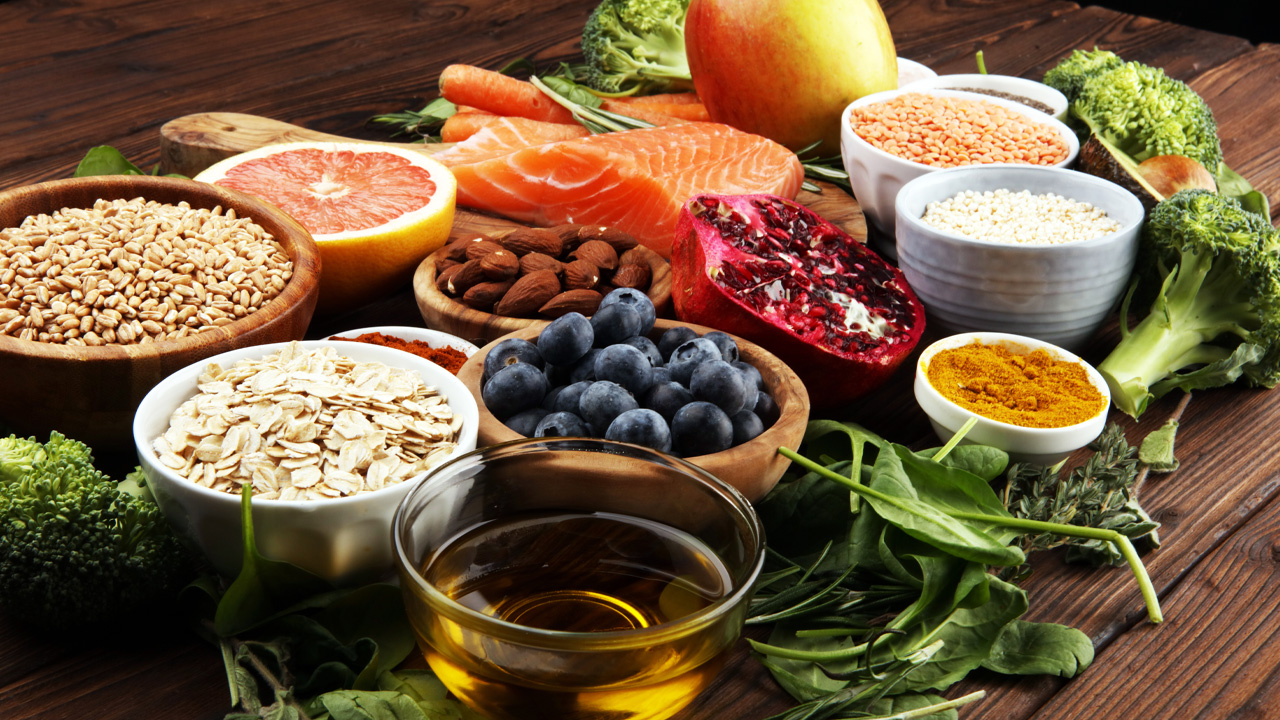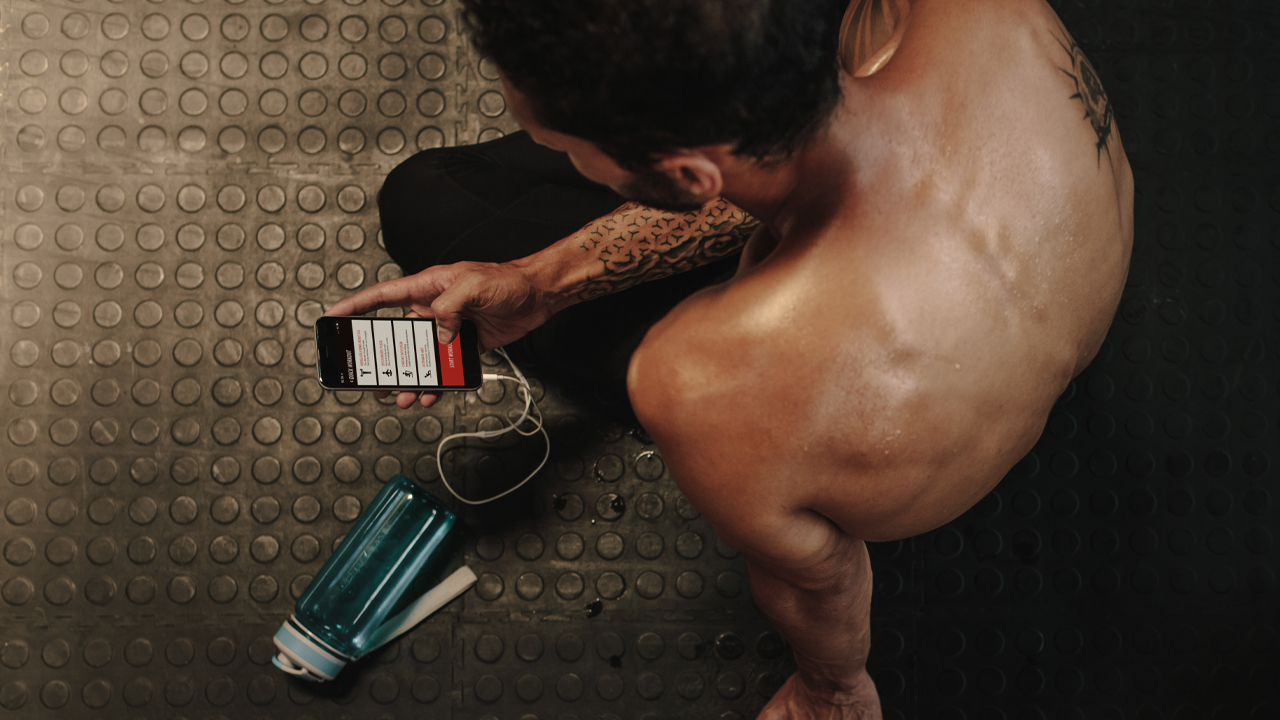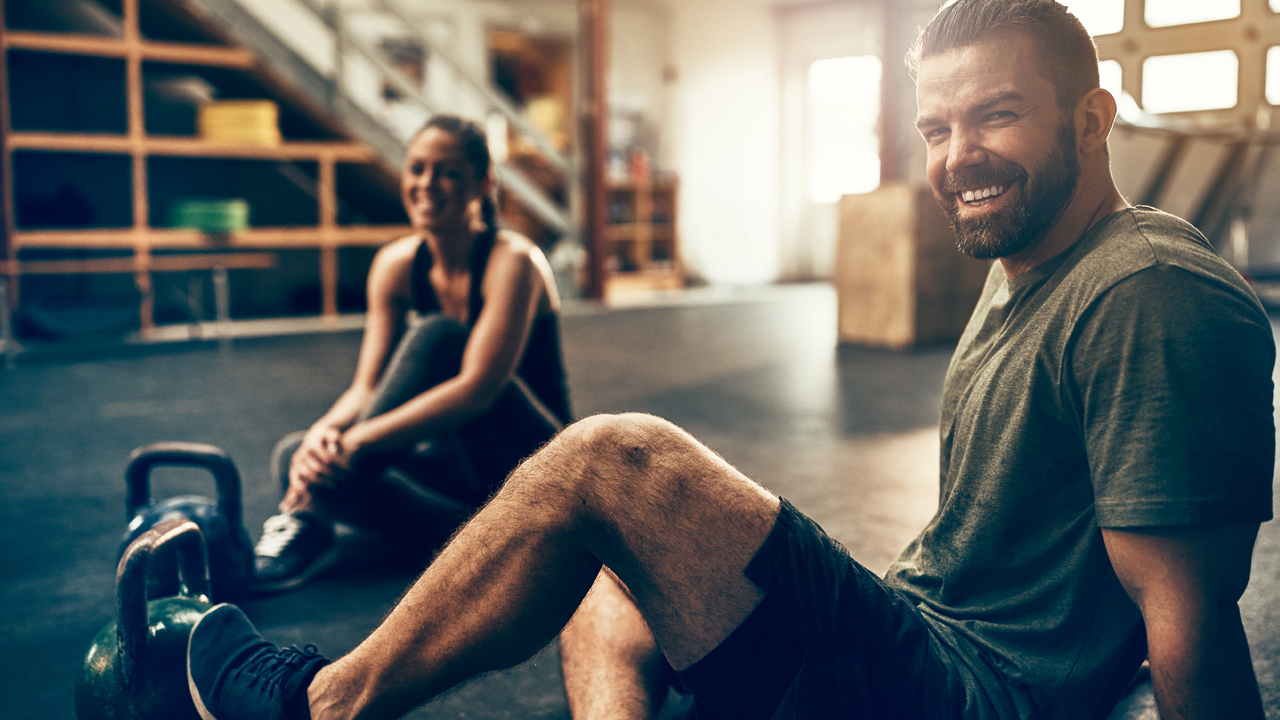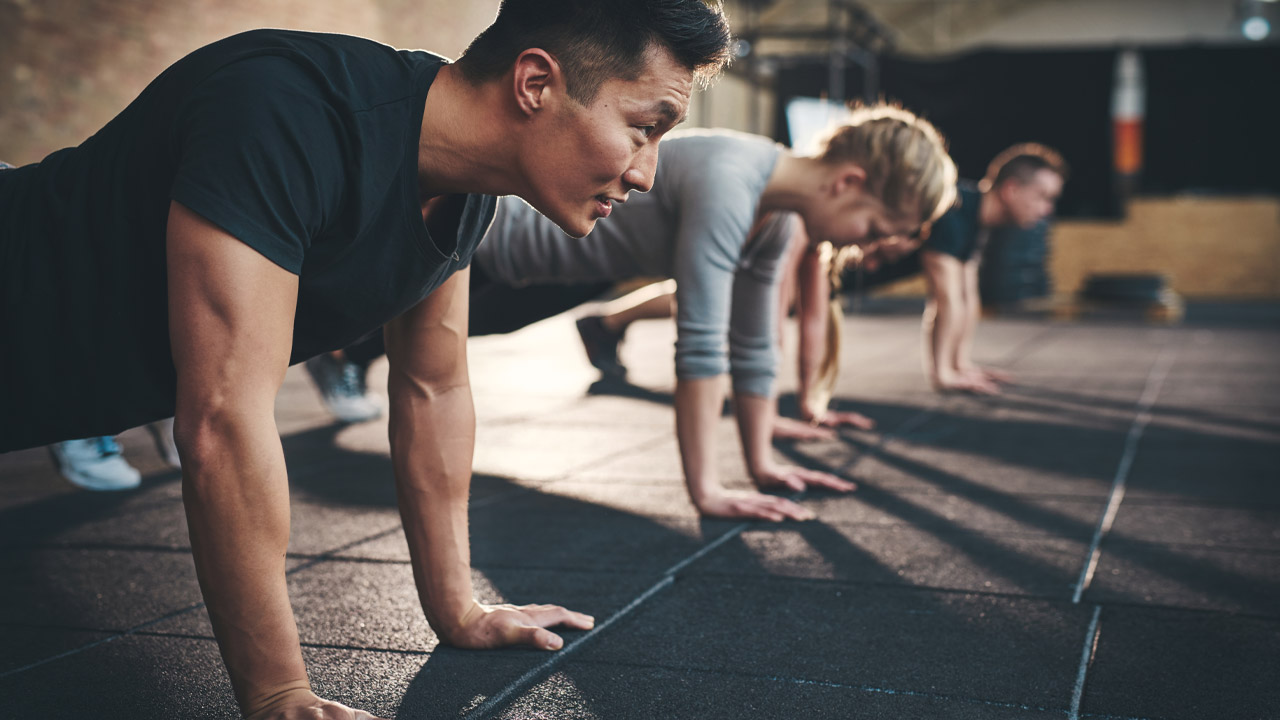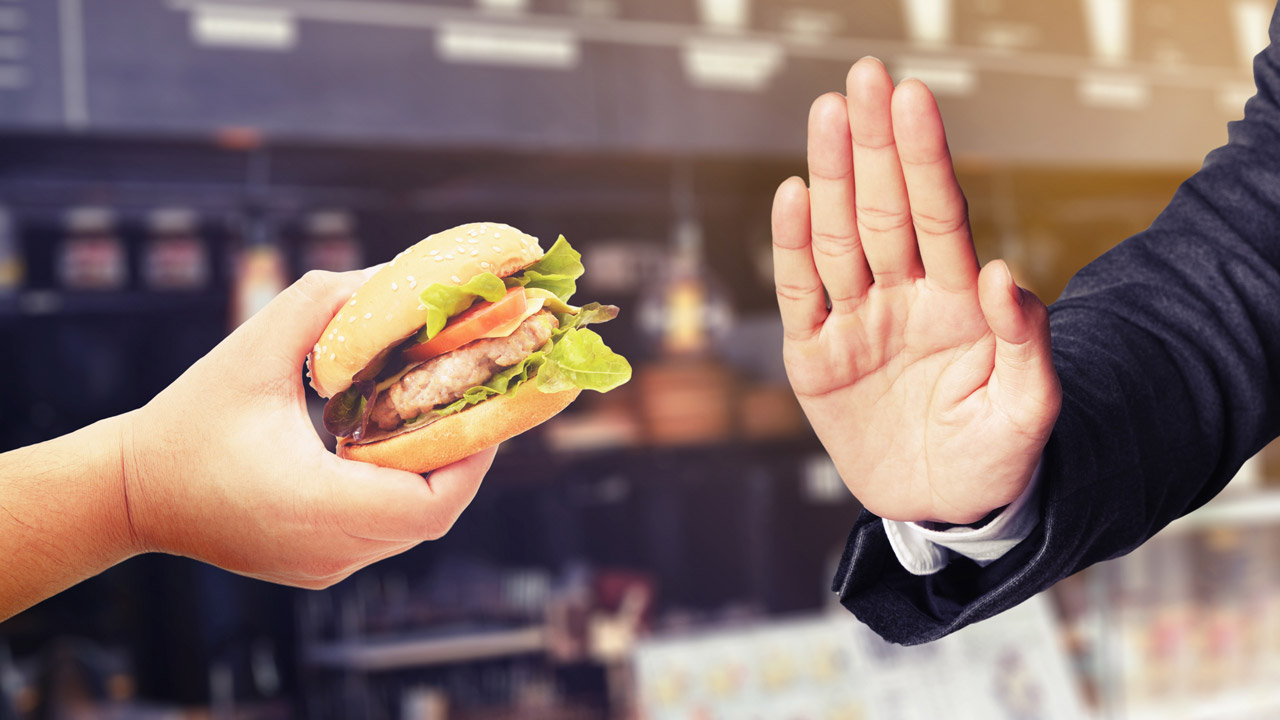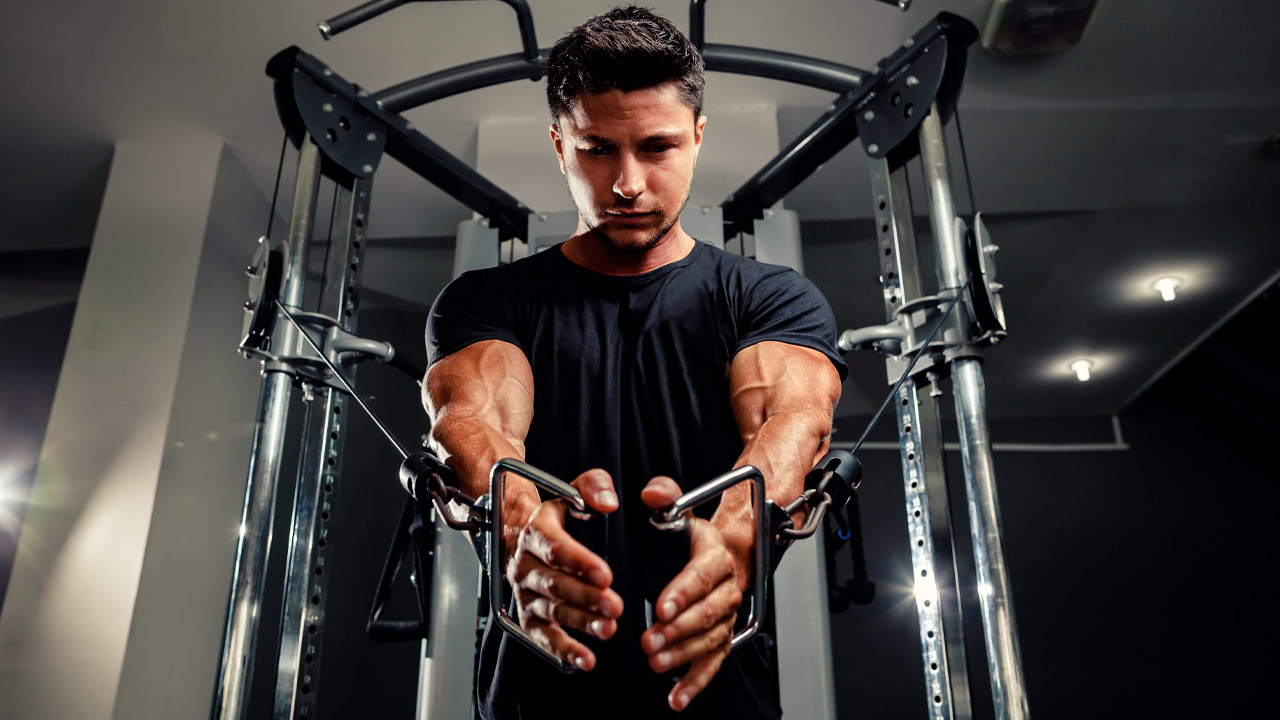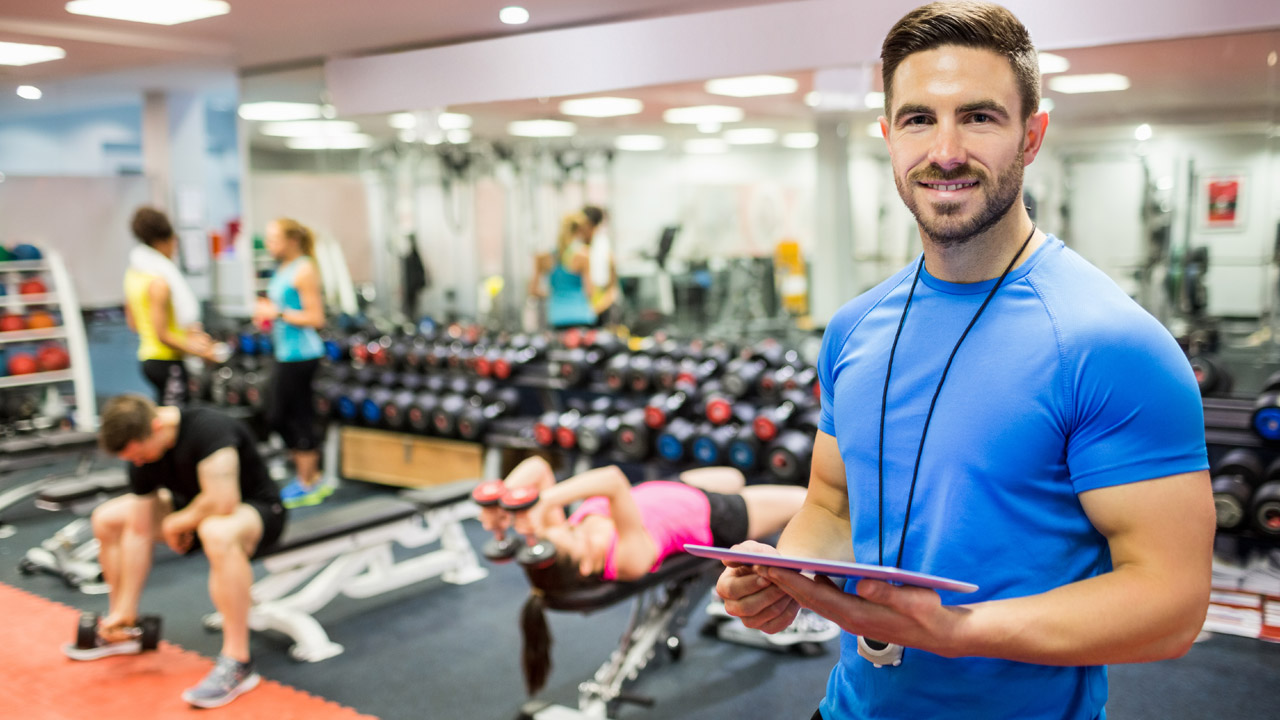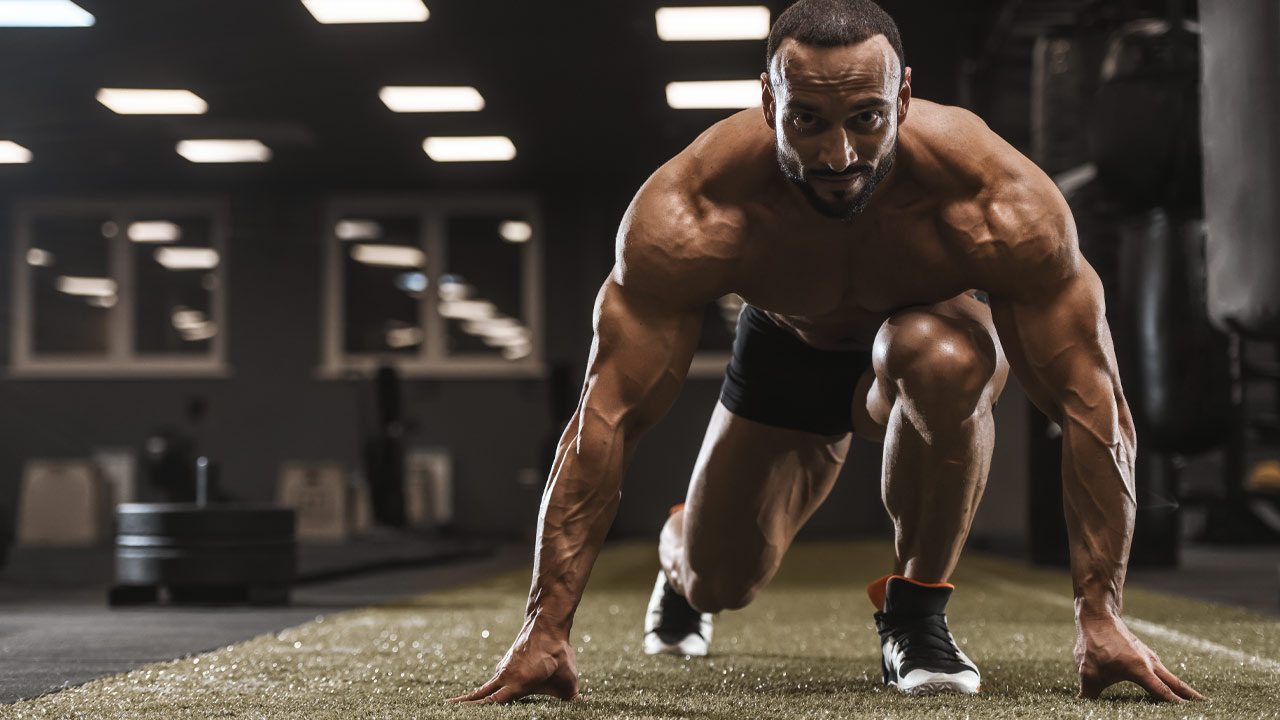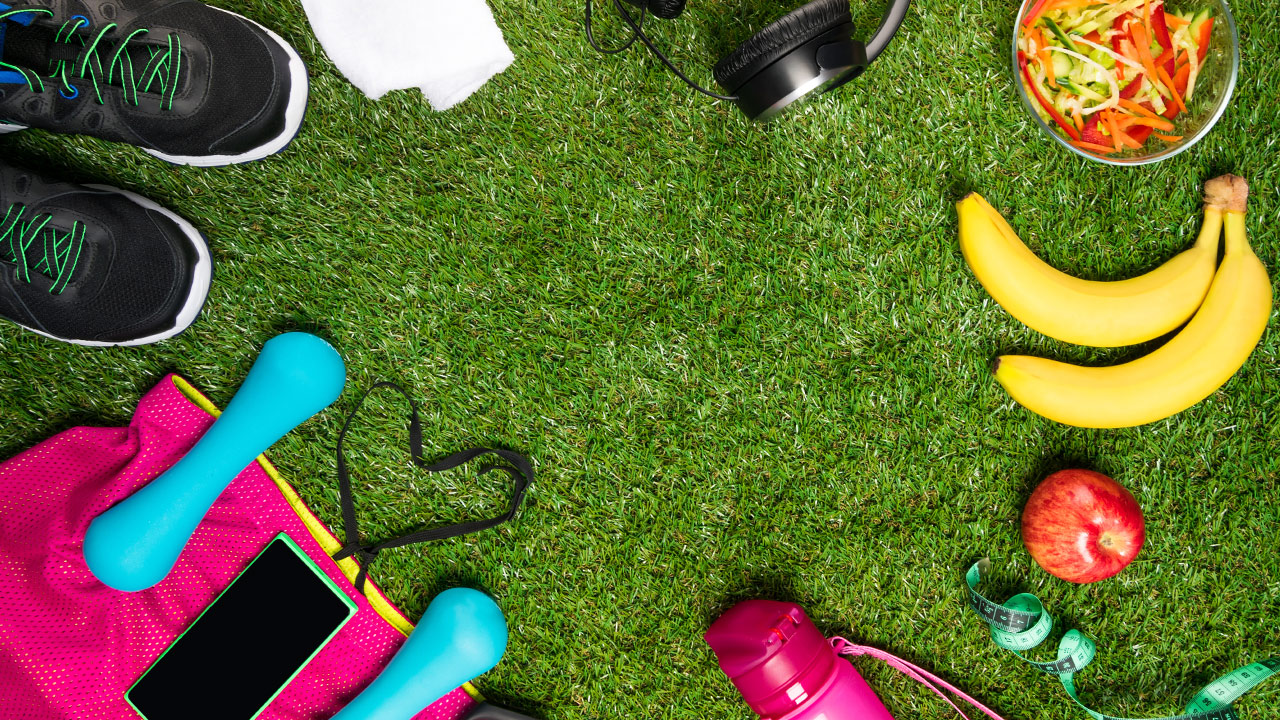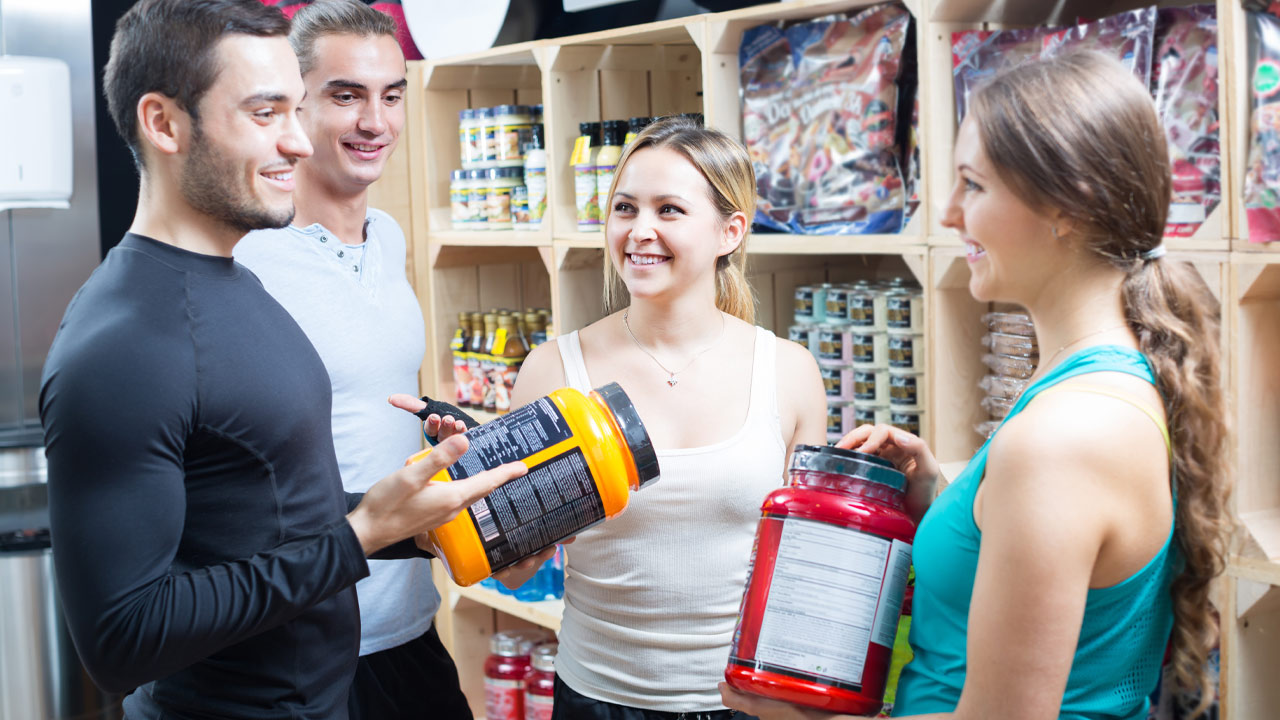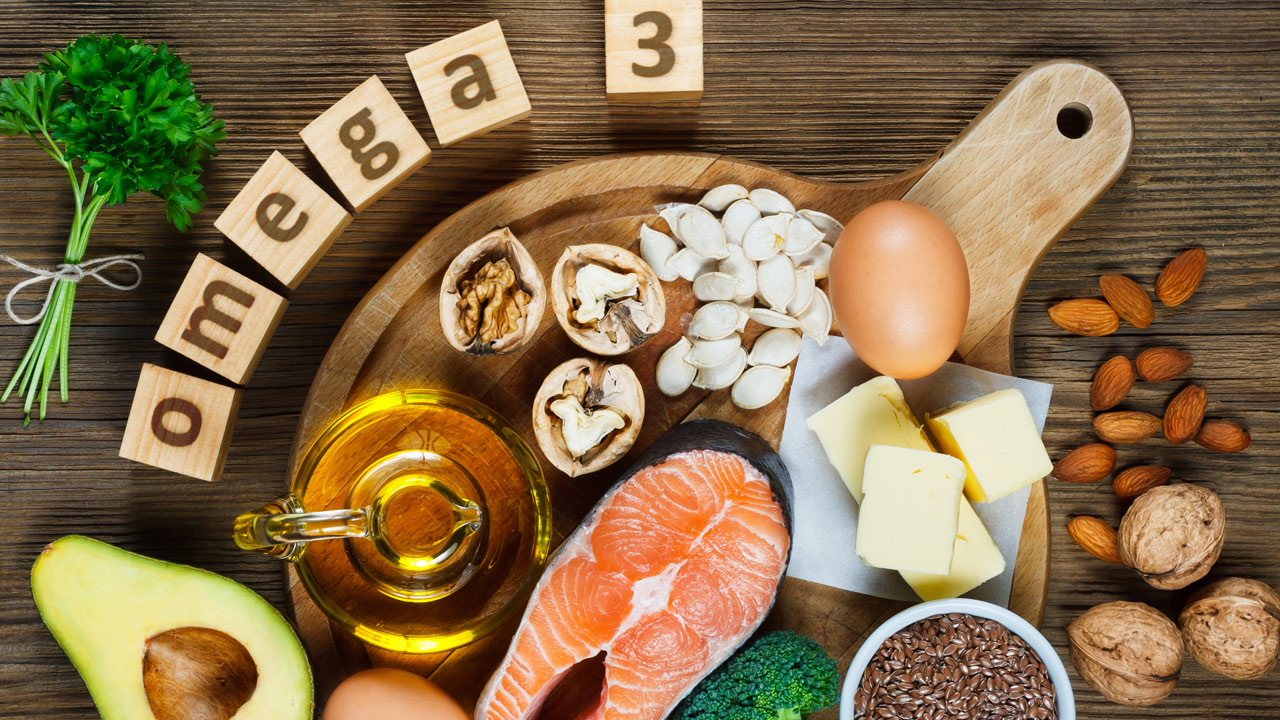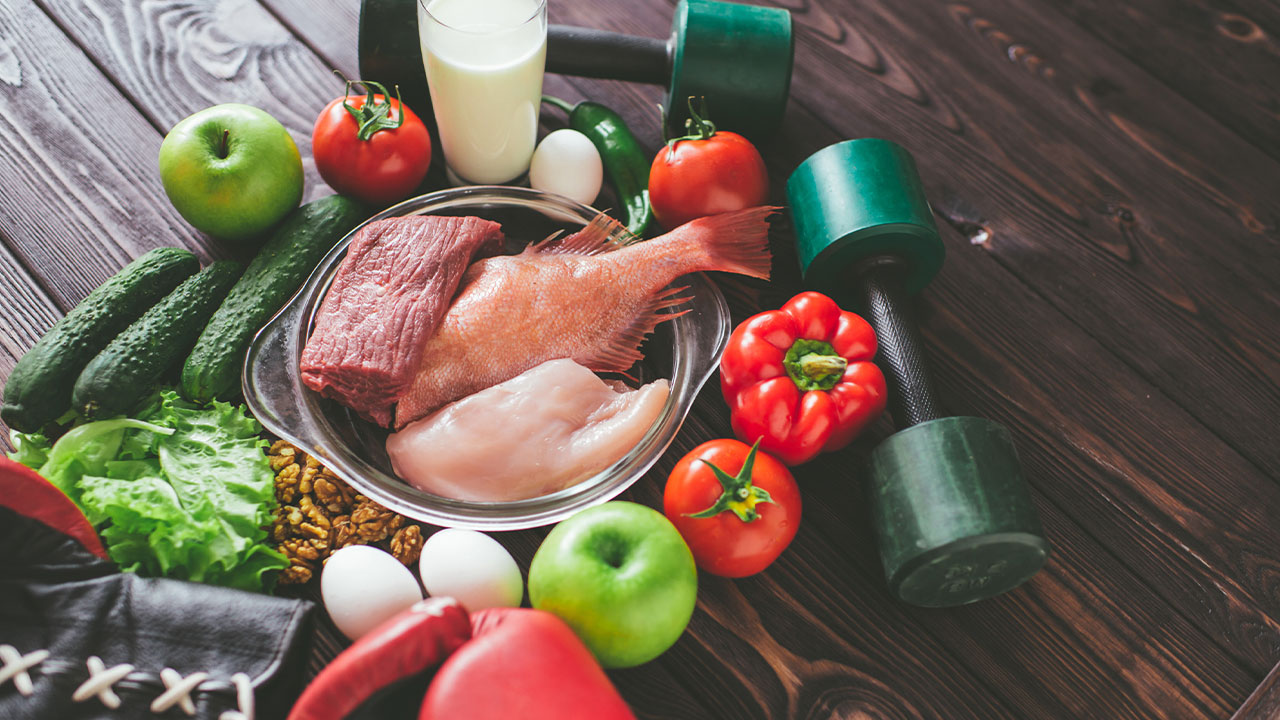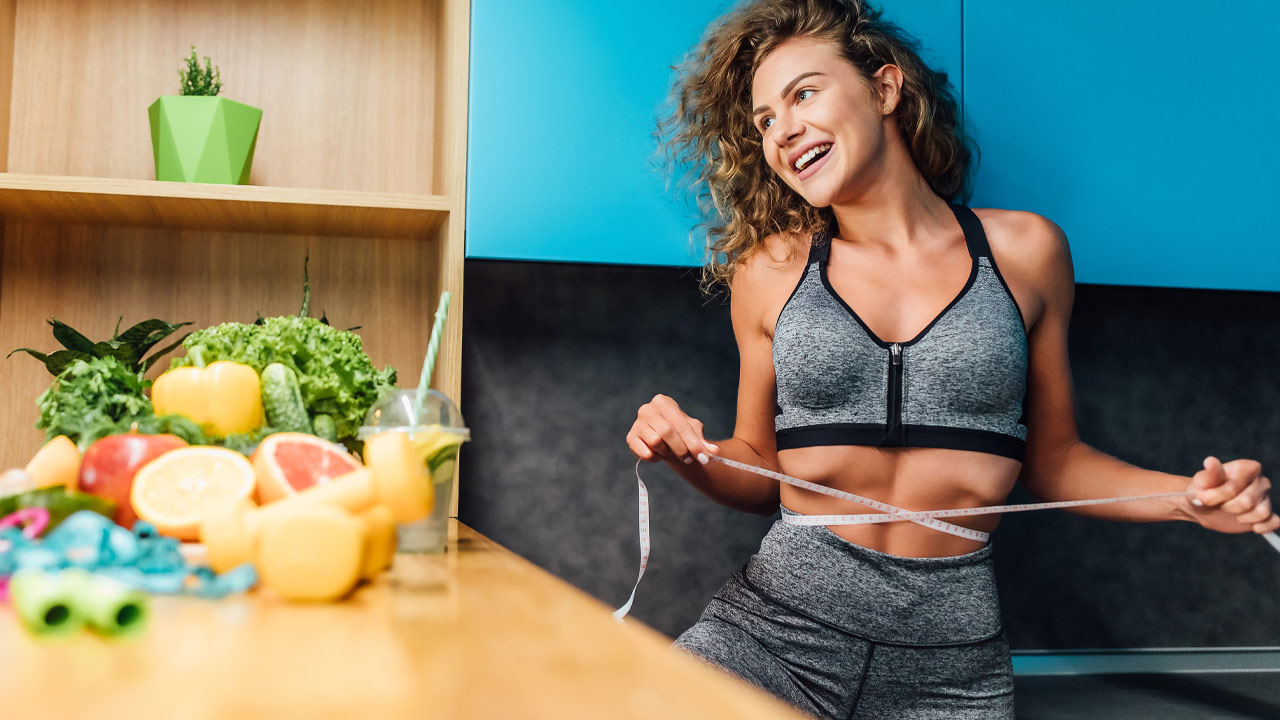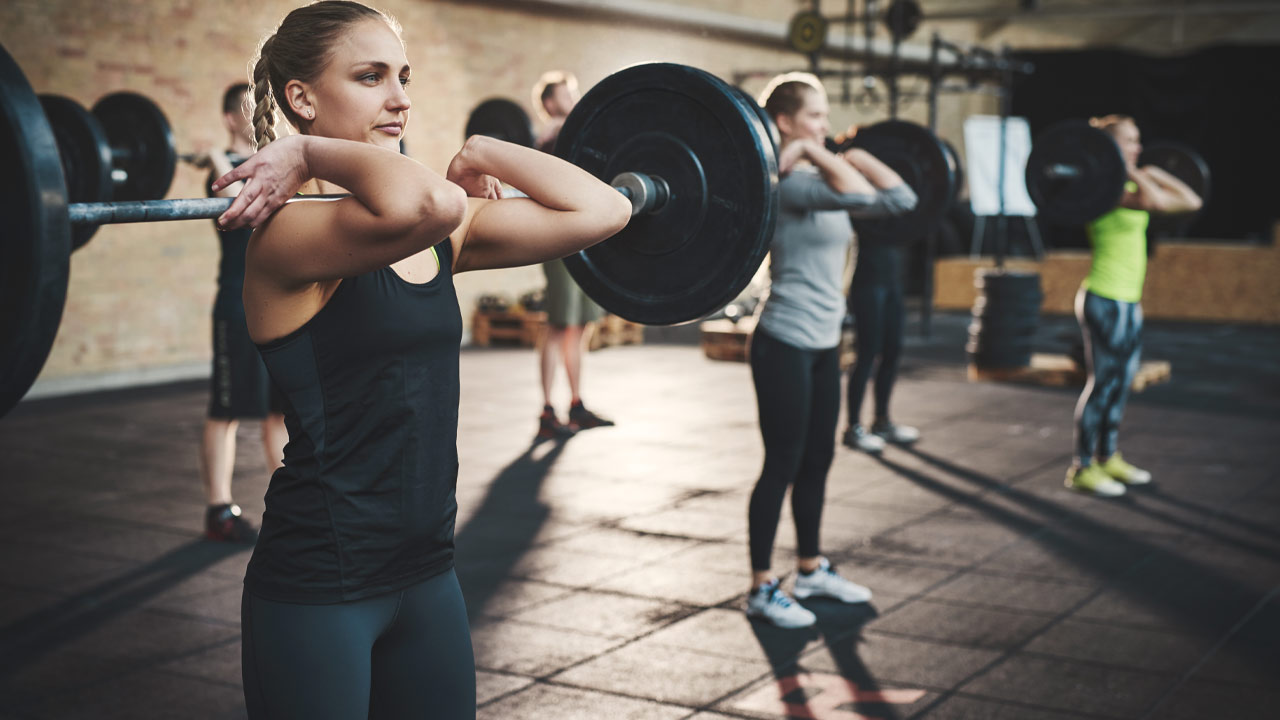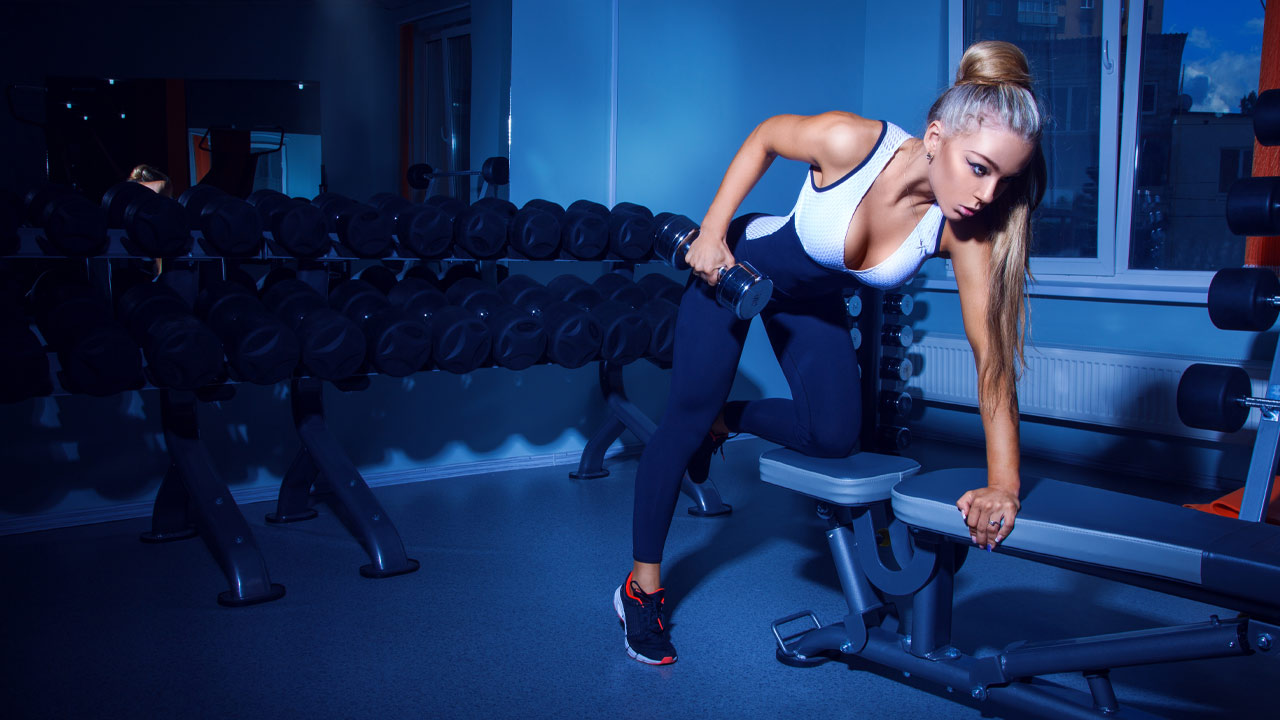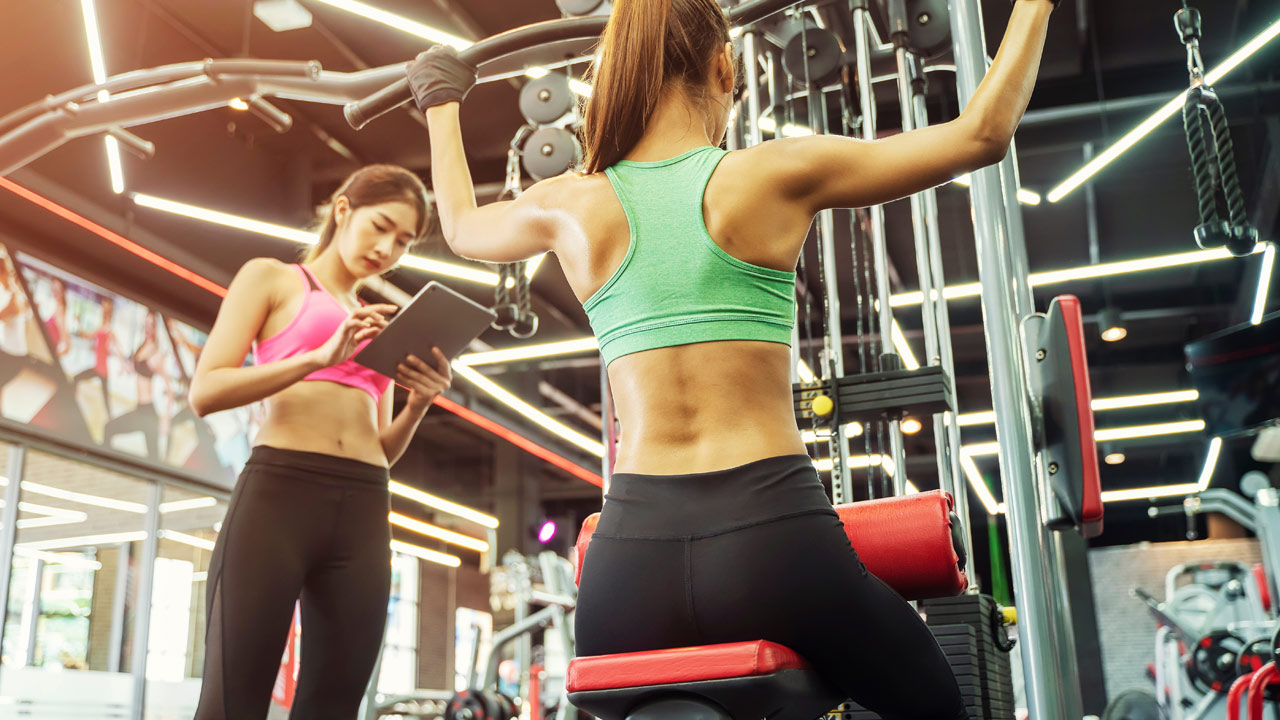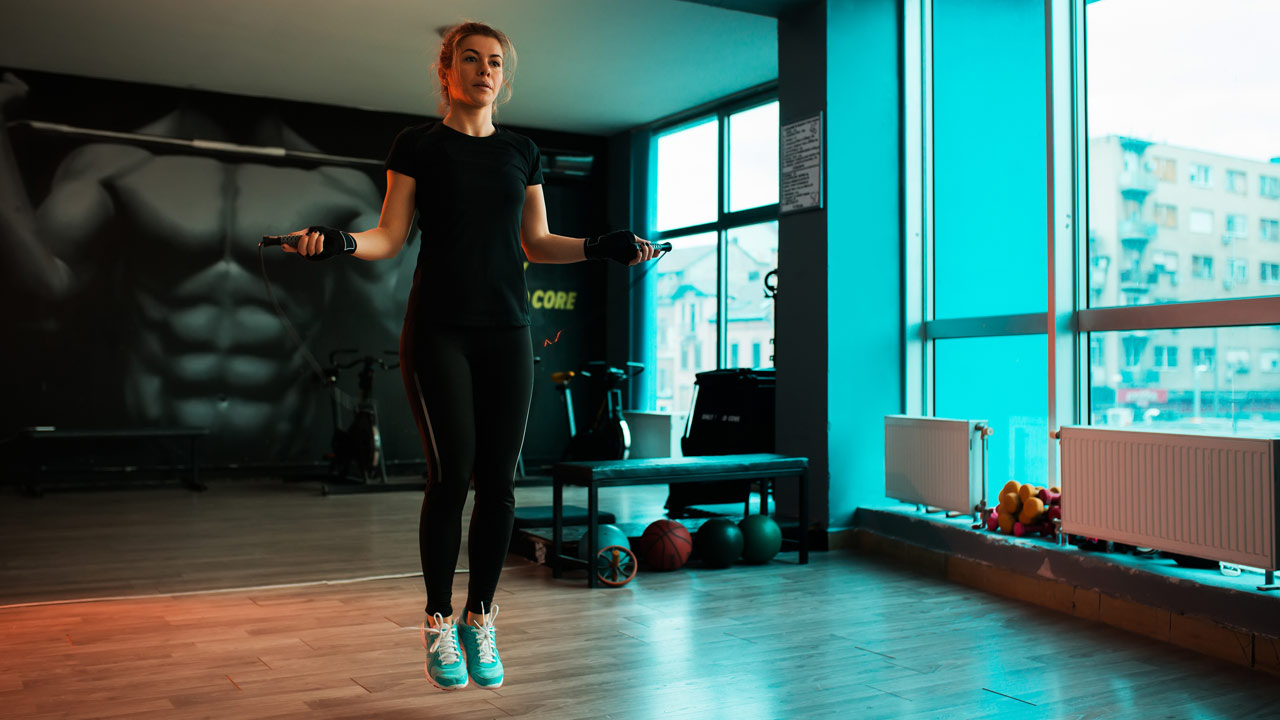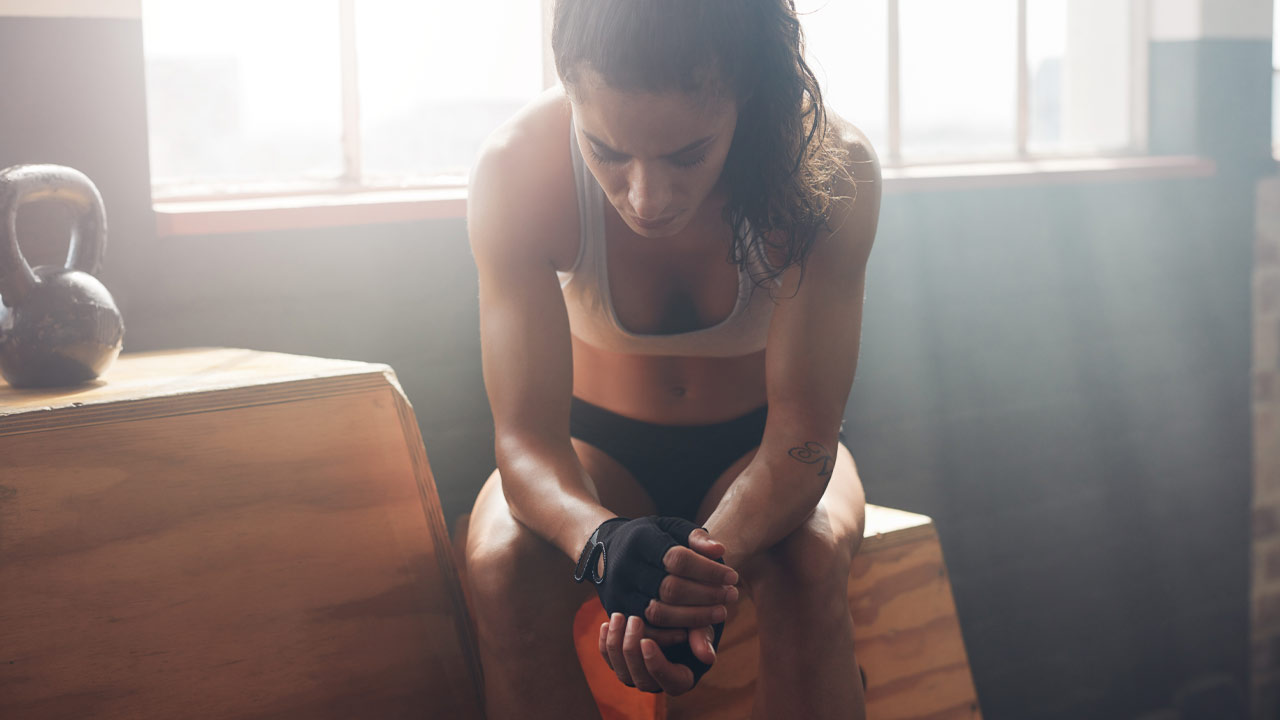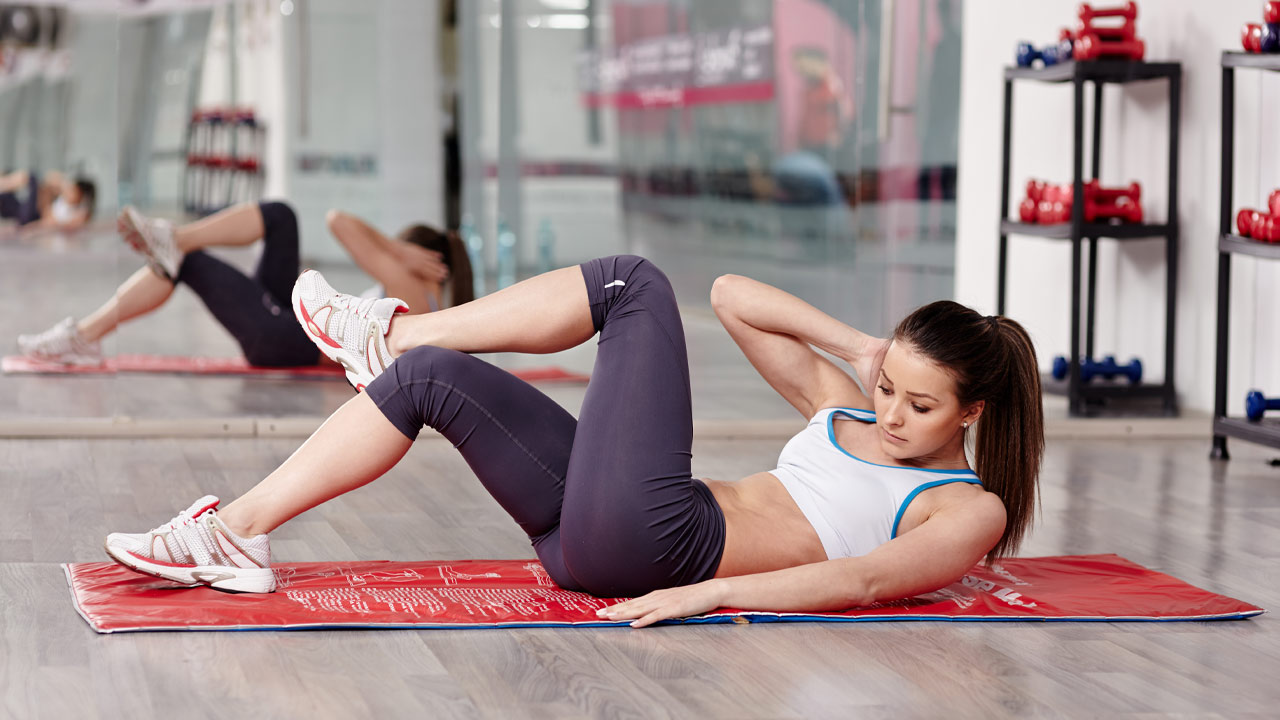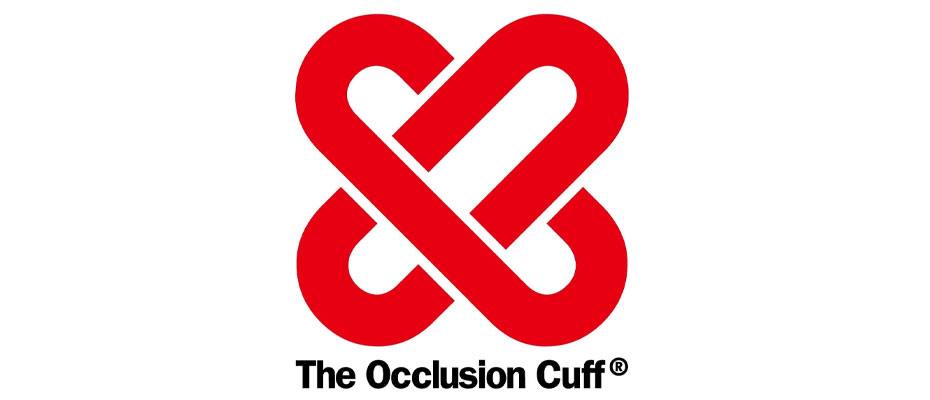3 Hormones You Need to Keep in Check to Lose Weight
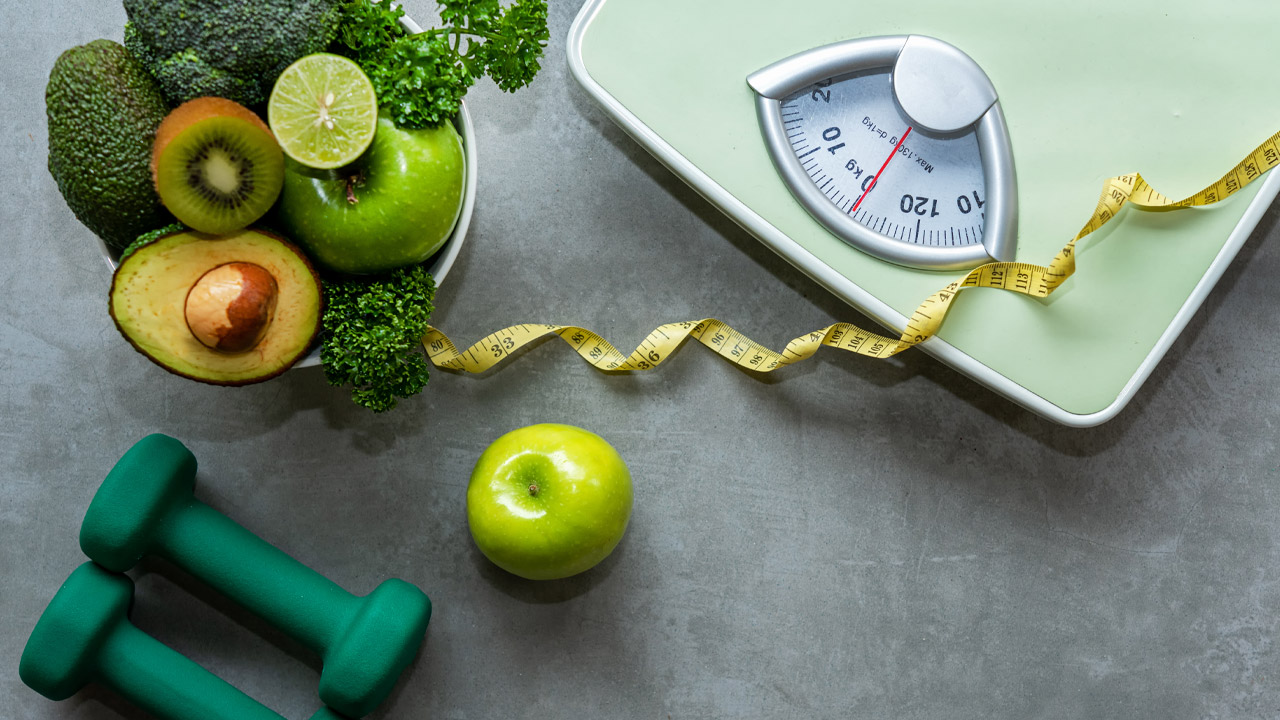
Hey Angels and Alphas,
When it comes to weight loss and hormones, it’s a bit like the egg and chicken dilemma. Okay – was weight gain caused by hormonal imbalance? Or the lifestyle and diet choices cause weight gain, which then triggered a hormonal imbalance?
Even though most experts agree it tends to be the latter, hormones are still a crucial part of the equation when it comes to trying to lose weight and keep it off…
Not only do they play a role in countless functions throughout the body, but they also regulate your appetite and the way your body stores fat.
By understanding your hormones, you can make better, much more informed decisions regarding the patterns and behaviors that lead you to achieving your goal.
But you’re in luck – the recommendations for hormonal balance and sustainable weight loss are pretty much the same. If you want to lose weight, you need to know which foods will help you maintain a healthy weight and which foods will wreak havoc on your hormones (especially those associated with appetite, fat storage, and weight gain.)
Here are 3 of the most crucial hormones you need to pay attention to when you’re trying to regulate your weight… and how you can get them to work with you (and not against you.)
INSULIN
Insulin’s job is to bring glucose into the cells of our body. Dietary habits are the most common cause of insulin problems. When we habitually start eating foods that are high in sugar, our bodies start pumping insulin so the glucose can be used by our cells.
But at the same time, elevated insulin levels send the signal to the body that they need to start converting excess sugar to fat. This excess fatty tissue is horrible for your waistline, but also makes your cells lose their sensitivity to insulin, therefore signaling to the body to produce more and more, causing you to gain even more weight.
This leads to a vicious cycle called insulin resistance, in which the body stops responding adequately to insulin.
Here’s your hack: some people believe that they need to ditch carbs to lose weight if they have any sort of insulin problem. But the most important thing is to choose the right types of carbs and get them in the right portions. Sweet potatoes, brown rice, and whole grains can instantly help you balance blood sugar levels caused by unrefined carbs.
And regardless of whether or not you have insulin resistance, it’s always a good idea to eat a holistic, balanced, healthy diet that manages blood sugar and insulin responses. When you pair carbs with protein and fat, you help your body blunt the response to blood sugar.
CORTISOL
Cortisol, more commonly known as the stress hormone, helps us decide whether we want to fight or flight… and it also promotes insulin secretion.
Cortisol makes us store more fat in our bodies, particularly around our waistline, the most dangerous area when it comes to overall health. It also skyrockets our appetite, leading to cycles of overeating and cravings.
Here’s your hack: The key to losing weight is managing stress and how you are coping with it. You have to find what works for you – there’s no way around it. Make a cup of tea. Go for a walk. Meditate. Soak in a hot bath. Whatever it is, do it when you feel like you’re about to eat because you’re stressed or bored.
GHRELIN
Ghrelin is a hormone that’s produced by the stomach, and as such, has everything to do with controlling hunger in our bodies. It’s at its peak when your stomach is empty and then decreases when you consume food.
Ghrelin does countless useful things for the body, and it even helps get your stomach ready to process food… and we also know that when it increases, people are spurred out to seek out more food, creating a cycle of stress, cortisol production, ghrelin production, and weight gain.
The horrible combination of increased ghrelin and added stress can be very difficult to deal with later on in the day. The evening is the high-risk period when it comes to overeating, particularly if you’re stressed and prone to binge eating.
Here’s your hack: Manage stress and keep your stomach full with healthy, slow-digesting foods. Make sleep a priority (since not getting enough sleep is a surefire way to take your ghrelin levels off balance.) When you stick to a high-protein, high-fiber diet full of foods you actually enjoy, you’ll have no problem dealing with any of these hormonal issues – ghrelin included.


